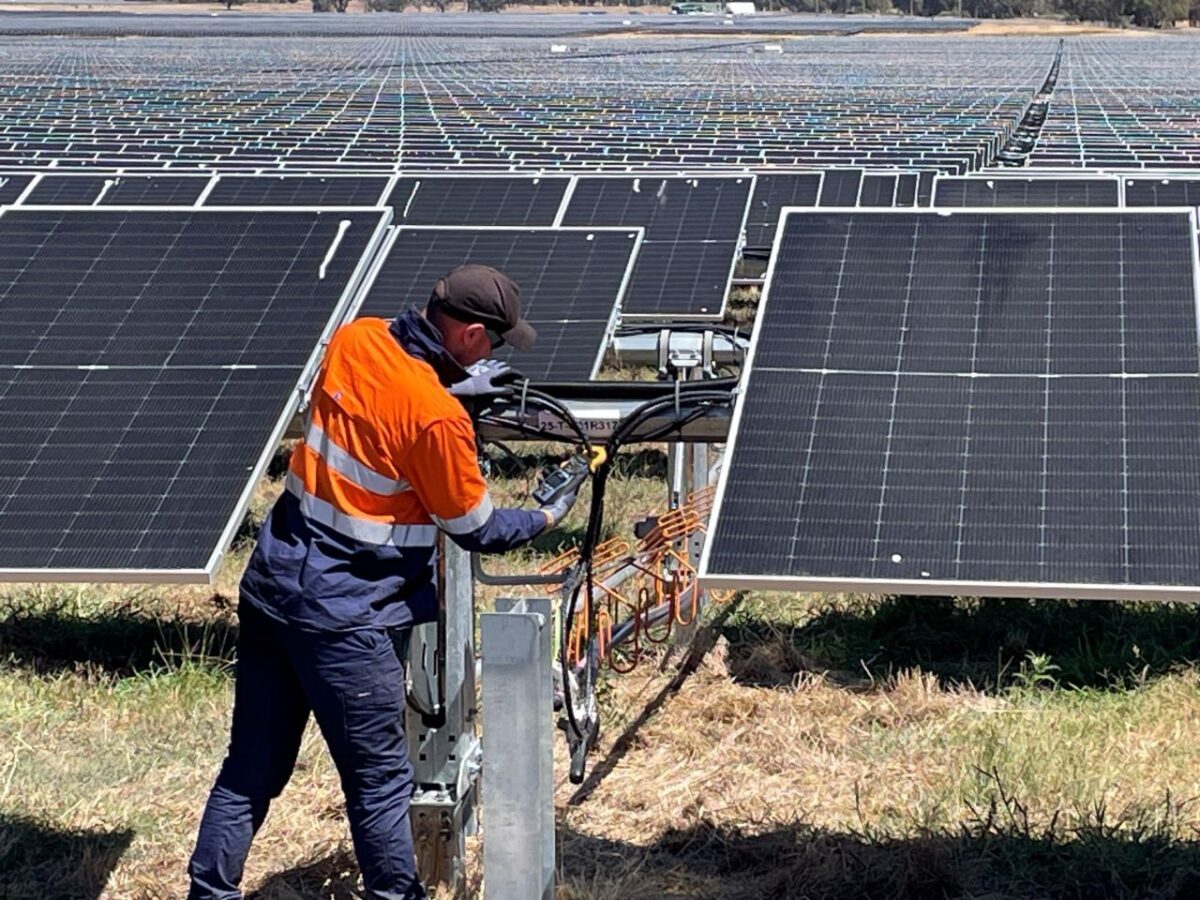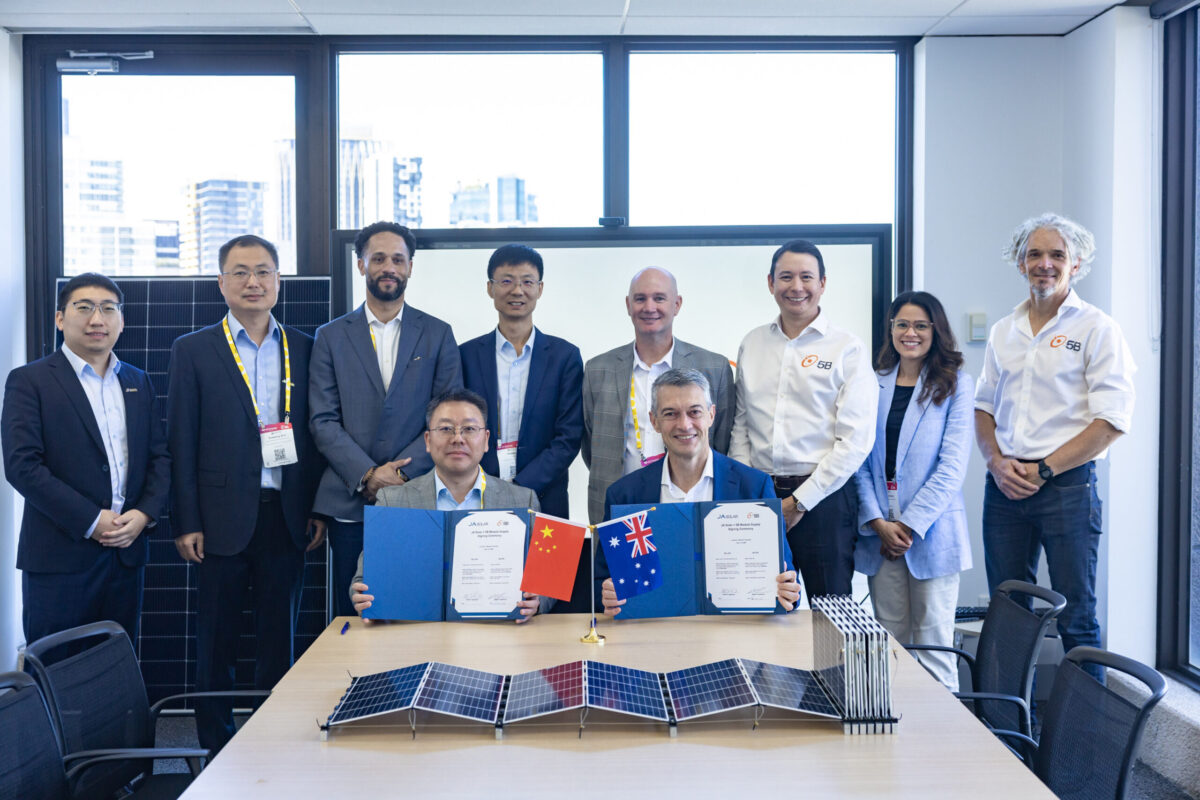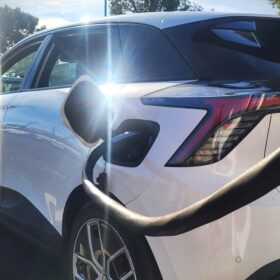Sydney-based renewables developer Pacific Partnerships said the Cobbora solar farm and battery energy storage project environmental impact statement had been submitted to the New South Wales (NSW) Department of Planning, Housing and Infrastructure and is now on public exhibition for community and stakeholder feedback.
According to the EIS, the estimated $1.38 billion (USD 910 million) project comprises a 700 MW solar farm and a 400 MW / 1,600 MWh battery energy storage system that will be built across a 1,600-hectare development footprint about 6 km from the township of Cobbora, and 55 km east of Dubbo, in central-west NSW.
The project, that will involve the installation of approximately 1,320,000 PV solar panels, is located on mostly cleared grazing land and is expected to continue to host sheep grazing when the solar farm is operational.
Pacific, a subsidiary of Australian construction and engineering firm Cimic Group, said the Cobbora project is located within the Central West Orana Renewable Energy Zone, which is a key part of the NSW government roadmap to replace its ageing coal-fired power stations with renewables and storage.
Pacific said once developed, Cobbora Solar Farm will be one of the largest solar farms in Australia and, in conjunction with the battery energy storage system, will support both state and national renewable energy targets.
“By delivering renewable energy to the National Electricity Market (NEM), the project will help to facilitate the transition from coal-fired power stations to renewables,” the EIS says. “In addition, integrating a battery energy storage system will enhance the reliability of the energy supply, allowing for the storage of excess energy produced during low-demand periods for use when demand is highest.”
“This dual capability will not only support energy security but also facilitate a smoother transition to a more sustainable energy system.”
Construction of the Cobbora solar farm and battery project is expected to start in 2027, with electricity anticipated to start feeding into the grid from 2030.
The project EIS is on public exhibition until 1 October 2025.
This content is protected by copyright and may not be reused. If you want to cooperate with us and would like to reuse some of our content, please contact: editors@pv-magazine.com.









By submitting this form you agree to pv magazine using your data for the purposes of publishing your comment.
Your personal data will only be disclosed or otherwise transmitted to third parties for the purposes of spam filtering or if this is necessary for technical maintenance of the website. Any other transfer to third parties will not take place unless this is justified on the basis of applicable data protection regulations or if pv magazine is legally obliged to do so.
You may revoke this consent at any time with effect for the future, in which case your personal data will be deleted immediately. Otherwise, your data will be deleted if pv magazine has processed your request or the purpose of data storage is fulfilled.
Further information on data privacy can be found in our Data Protection Policy.